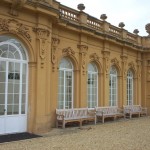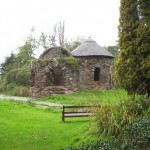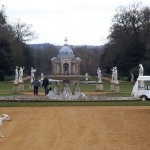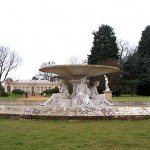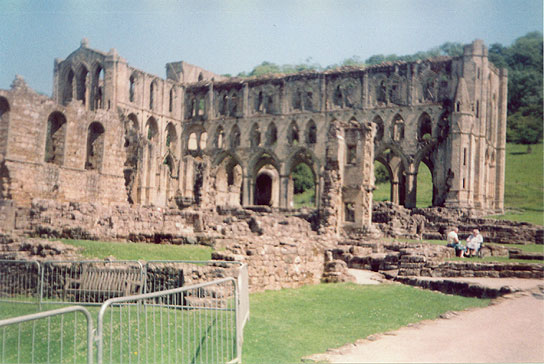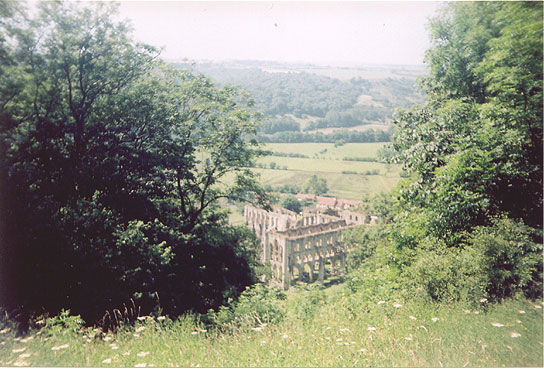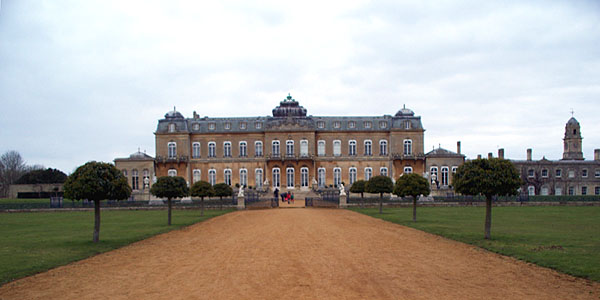
English Heritage.
This is one of the great gardens of England, but is one of the least well known. The grounds and formal gardens cover about 90 acres, with a number of garden buildings and follies, and miles of pathways. At the further end of the canal is the domed Great Pavilion, designed by Thomas Archer in 1709-11.
The Wrest Park mansion was designed by Thomas, Earl de Grey, in a French style, and completed by 1839. Several important rooms in the house are usually open to the public: the great entrance hall, and a suite of rooms on the garden side ground floor.
Most of the garden buildings, inclding the Orangery, were built at about the same time as the house.
There is plenty to see and do, and for 2013 there is a new visitor reception and parking in the former walled garden, and a new exhibition area and Countess’s Sitting Room in the house. Just checking all the buildings in the gardens should keep one occupied for at least a couple of hours. The house, outside and inside, is also of interest, and the grand entrance hall should not be missed. The grand rooms on the garden side are largely unfurnished.
